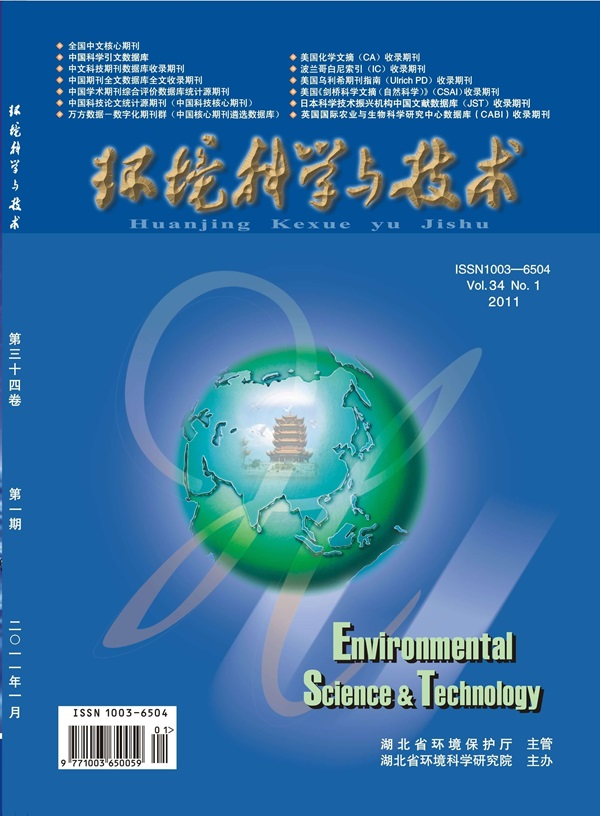Sustainable Aviation Fuel Deployment Strategies in Europe: Supply Chain Implications and Climate Benefits.
IF 10.8
1区 环境科学与生态学
Q1 ENGINEERING, ENVIRONMENTAL
引用次数: 0
Abstract
Sustainable aviation fuel (SAF) could reduce aviation's CO2 and contrail climate forcing. This study quantifies the contrail mitigation potential and fuel supply chain costs of a uniform SAF distribution scenario, assuming all departing flights use a 10% SAF blend by mass. Building on this, we propose three SAF allocation strategies that optimize the same SAF supply to maximize contrail mitigation, while considering real-world supply chain constraints and additional costs. A seasonal strategy - providing SAF to all flights from October to February at higher blend ratios (28%) - achieves the highest benefit-to-cost ratio (1.7-7.2) and lowest abatement cost (€14-61/tCO2e). It raises annual reductions in contrail energy forcing (EFcontrail) from 7-8% (uniform vs no-SAF scenario) to 12-13%, with supply chain costs rising by 0.5% relative to the uniform scenario. Two diurnal strategies - one targeting flights after 16:00 local time and another adding a constraint of selecting flights with >250 km of persistent contrails - have lower benefit-to-cost ratios (0.2-2.4) and higher abatement costs (€42-675/tCO2e). Their 1-2% rise in supply chain costs relative to the uniform scenario outweighs the additional contrail climate benefits, as annual EFcontrail reductions only rise from 7-8% (uniform scenario) to 9-17%.欧洲可持续航空燃料部署战略:供应链影响和气候效益。
可持续航空燃料(SAF)可以减少航空业的二氧化碳排放和航迹气候强迫。本研究量化了统一SAF分配方案的航迹缓解潜力和燃料供应链成本,假设所有离港航班使用10%的SAF混合物。在此基础上,我们提出了三种SAF分配策略,优化相同的SAF供应,以最大限度地减少尾迹,同时考虑到现实世界的供应链约束和额外成本。季节性策略——在10月至2月期间以较高的混合比例(28%)为所有航班提供SAF——实现了最高的效益成本比(1.7-7.2)和最低的减排成本(14-61欧元/吨二氧化碳当量)。它将尾迹能量强迫(EFcontrail)的年降幅从7-8%(统一与无saf方案)提高到12-13%,与统一方案相比,供应链成本上升0.5%。两种日间策略——一种针对当地时间16:00之后的航班,另一种增加了选择有250公里持续尾迹的航班的约束——具有较低的效益成本比(0.2-2.4)和较高的减排成本(42-675欧元/吨二氧化碳当量)。与统一情景相比,它们的供应链成本增加了1-2%,这超过了额外的轨迹气候效益,因为欧洲轨迹的年度减排仅从7-8%(统一情景)上升到9-17%。
本文章由计算机程序翻译,如有差异,请以英文原文为准。
求助全文
约1分钟内获得全文
求助全文
来源期刊

环境科学与技术
环境科学-工程:环境
CiteScore
17.50
自引率
9.60%
发文量
12359
审稿时长
2.8 months
期刊介绍:
Environmental Science & Technology (ES&T) is a co-sponsored academic and technical magazine by the Hubei Provincial Environmental Protection Bureau and the Hubei Provincial Academy of Environmental Sciences.
Environmental Science & Technology (ES&T) holds the status of Chinese core journals, scientific papers source journals of China, Chinese Science Citation Database source journals, and Chinese Academic Journal Comprehensive Evaluation Database source journals. This publication focuses on the academic field of environmental protection, featuring articles related to environmental protection and technical advancements.
 求助内容:
求助内容: 应助结果提醒方式:
应助结果提醒方式:


